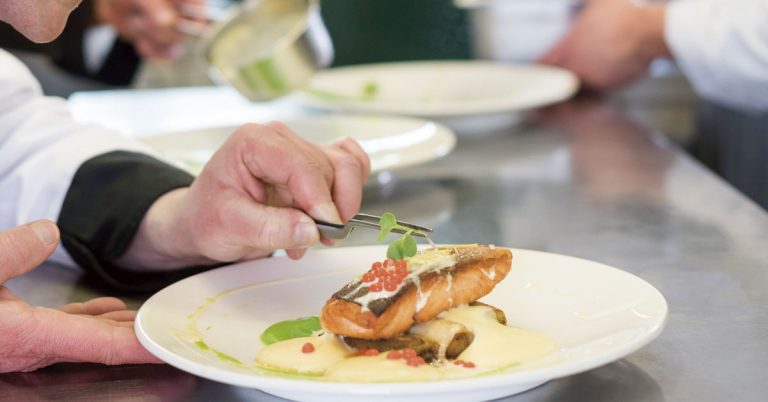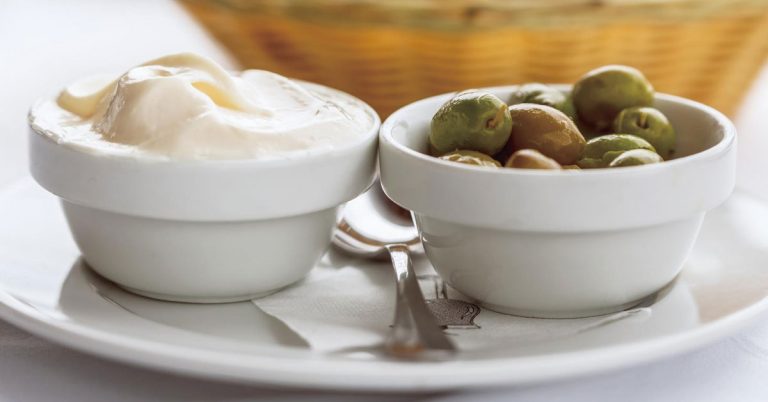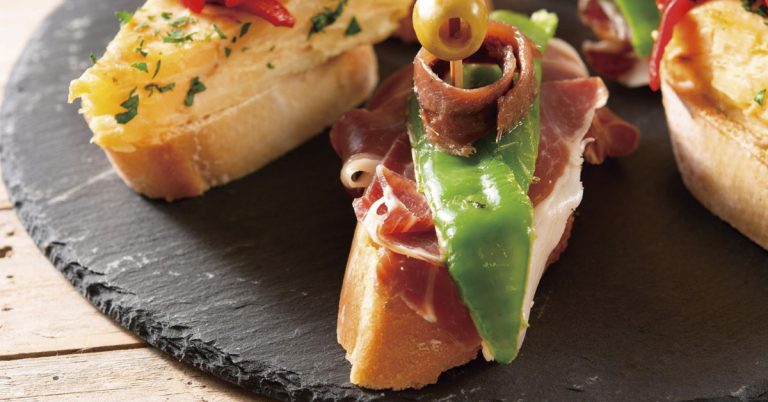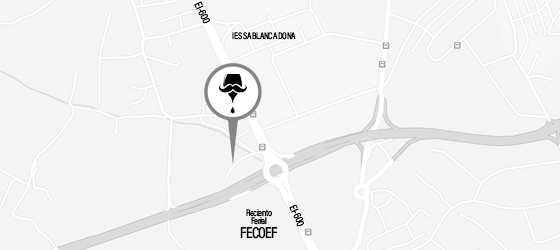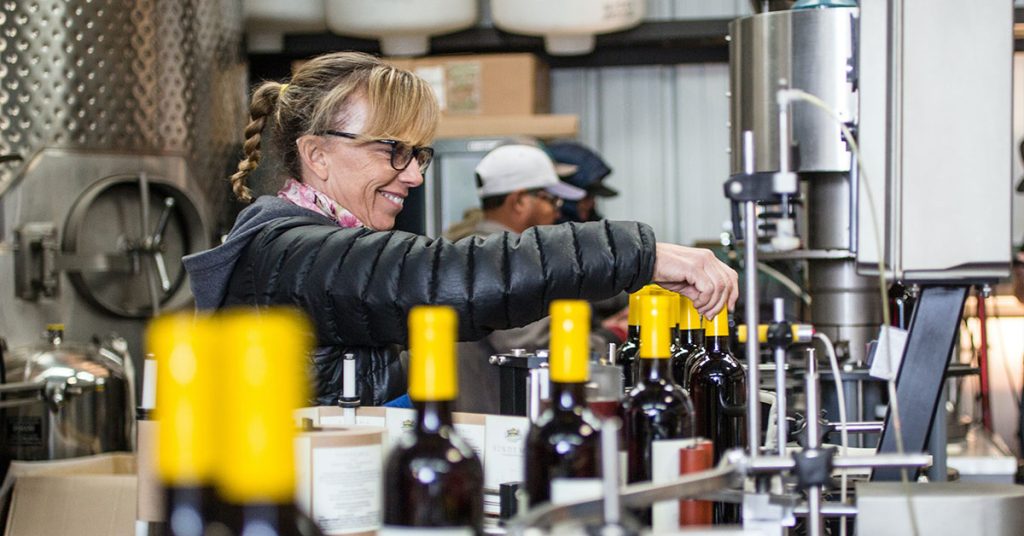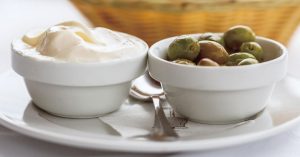The production of alcohol-free wine represents a revolution in the world of oenology. For ethical, religious or health reasons, non-alcoholic wines are a good alternative. But can it still be considered wine, even if it has no alcohol? The answer is not as close as a yes or no answer.
According to the International Organisation of Vine and Wine (OIV), it is not considered wine. To be considered wine, it must contain at least 8.5% alcohol content to be considered as such. However, since the must has been fermented, the result is higher than a simple grape juice.
Non-alcoholic wine is made in the same way as traditional wine and then de-alcoholized. Below, we will explain how it is done.
Can a wine be made without alcohol from the beginning?
No, to make dealcoholized wine it is necessary to follow the usual procedure. Alcohol extraction is carried out after must fermentation. If we prevent the wine from going through this maturation process, we will obtain grape juice.
Once the must is fermented, the flavor and all the aromatic properties of the wine are enhanced. This process also influences the final texture and body of the beverage. Therefore, it is essential to make the wine in the traditional way so that it can be dealcoholized afterwards.
How to dealcoholize a wine?
We can obtain alcohol-free wine through different procedures that eliminate ethanol. These techniques can reduce or totally eliminate the alcohol present in a conventional wine.
Some producers tend to prefer grapes with a lower than average degree of ripeness. In this way, the grapes will have a lower sugar content. Sugar concentration is important because it directly affects the alcohol content of the final product.
It is possible to dealcoholize wine with a variety of methods. The three most common ones are explained below.
Freeze-drying
It consists of freezing the wine and introducing it into a vacuum pressure chamber. Part of the water and alcohol is eliminated by sublimation. They pass directly from the solid to the gaseous state, separating from the rest of the components.
Reverse osmosis
This method allows the separation of all the components of the wine. With this technique it is not necessary to heat it, since the separation occurs by dissolution and hydration. When the components are recomposed again, the ethanol is eliminated and alcohol-free wine is obtained.
Rotating cone column
This technique consists of centrifuging the wine to separate it into different layers of liquid. It is a way of deconstructing the beverage into three essential parts. The alcohol portion, the aromatic components and a third fraction with the remaining components.
This distillation system is based on the evaporation of the alcohol through heat. A cold vapor inside the cone column helps to separate the components. The end result is a de-alcoholized wine or wine with a reduced ethanol percentage.
Is a non-alcoholic wine better?
Non-alcoholic wine consumption is becoming popular around the world. It is an excellent alternative for consumers who like to enjoy wine without ethanol. It has all the sensory properties of the traditional beverage without the negative effects of alcohol.
Many aficionados consume it under medical treatments that restrict alcohol intake. They prefer it because after drinking it they can continue driving or operating machinery, as it does not cloud the senses or produce drunkenness.
Photo by Vindemia Winery on Unsplash
